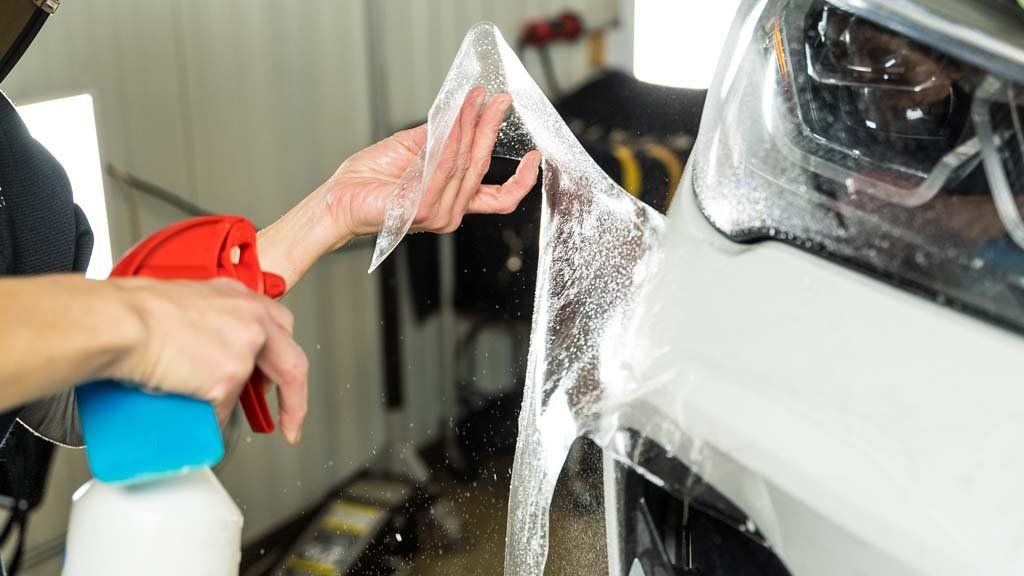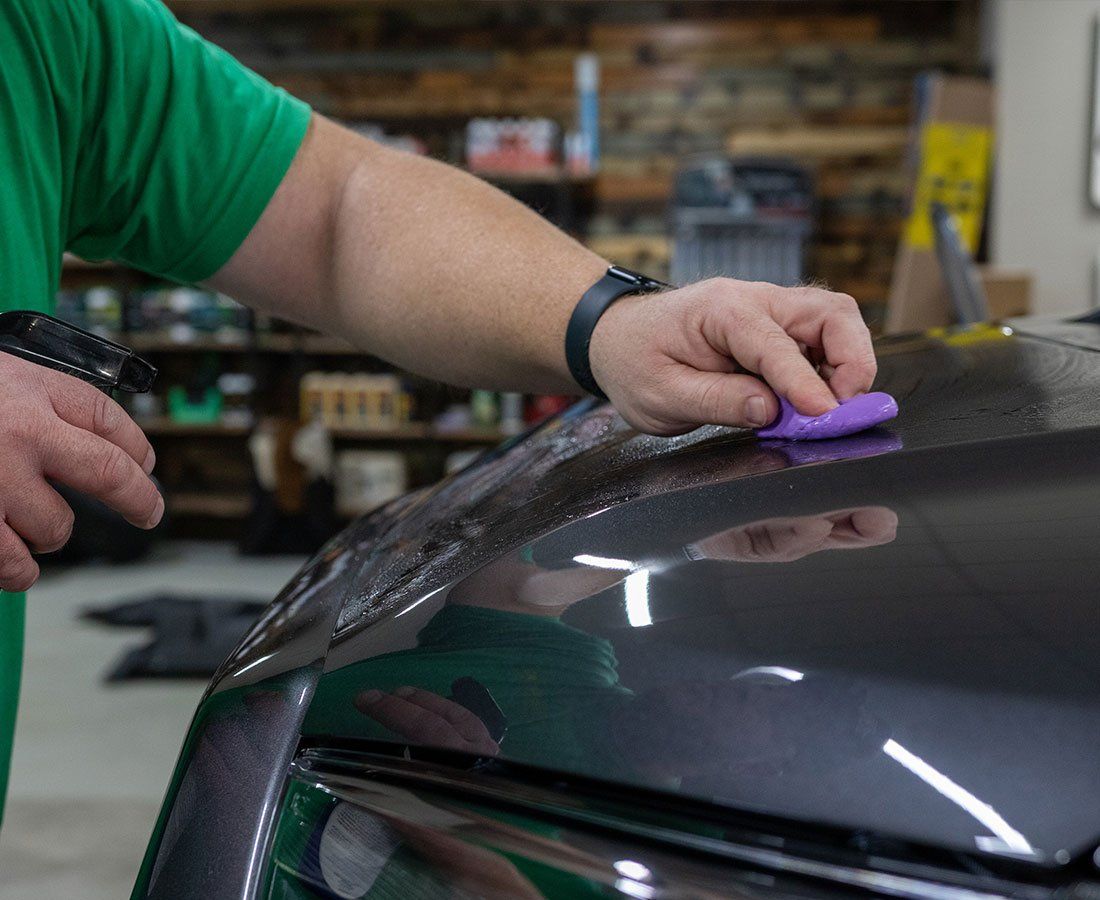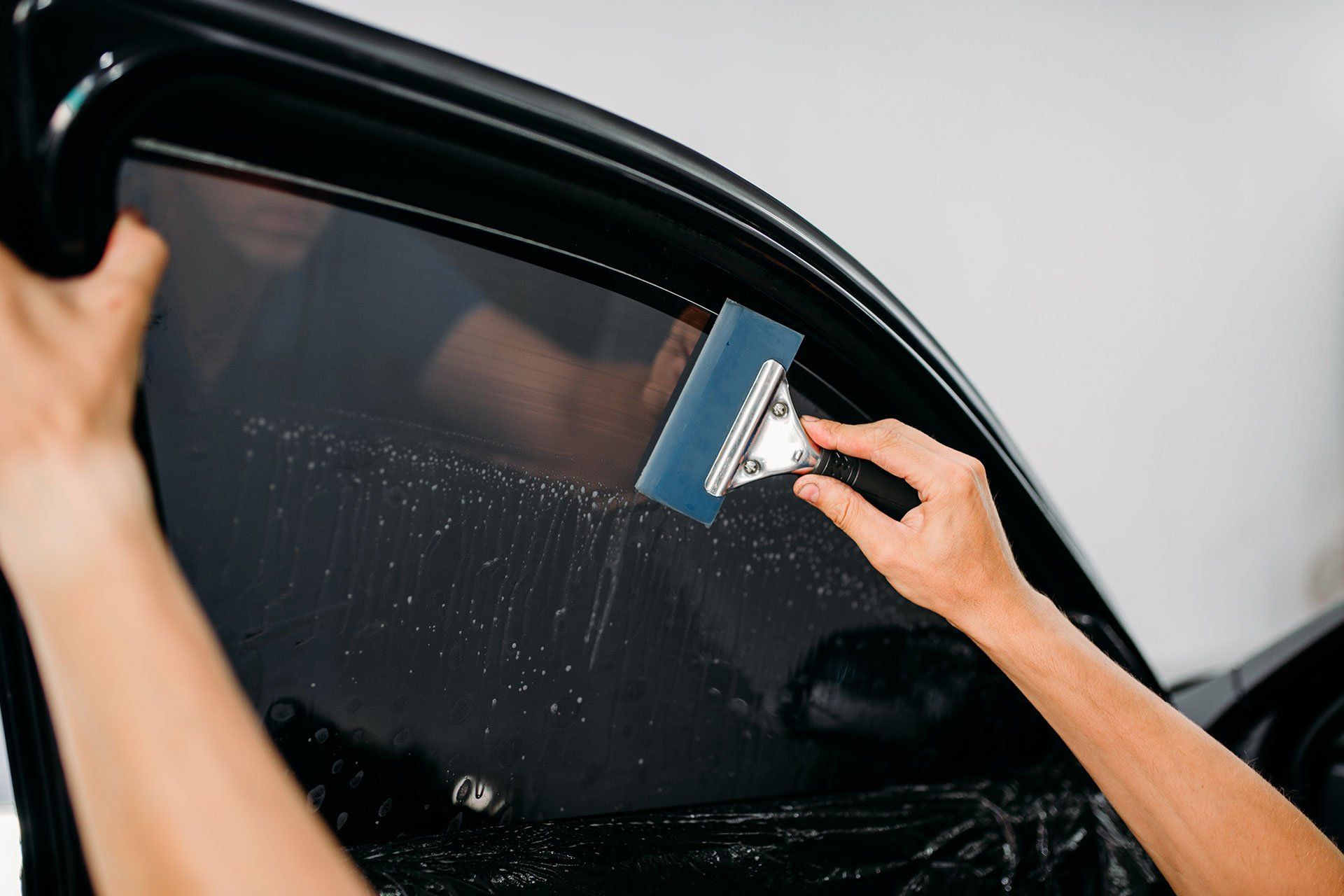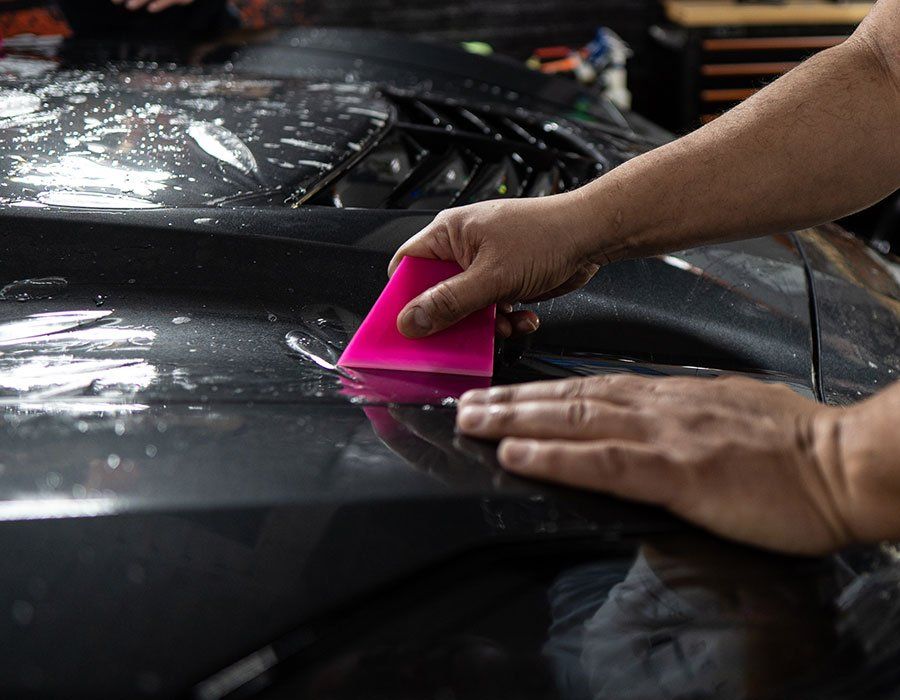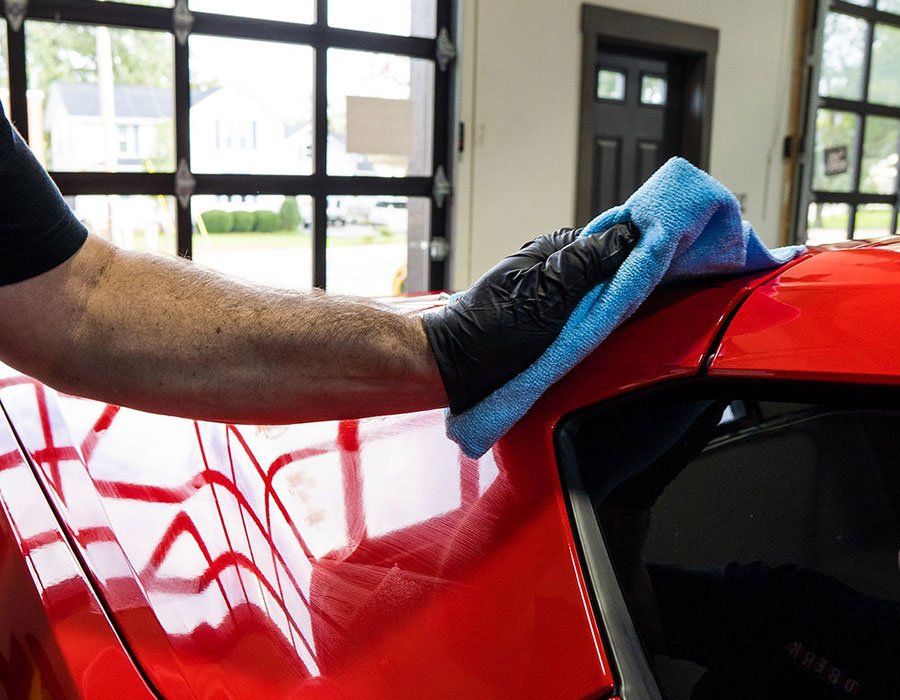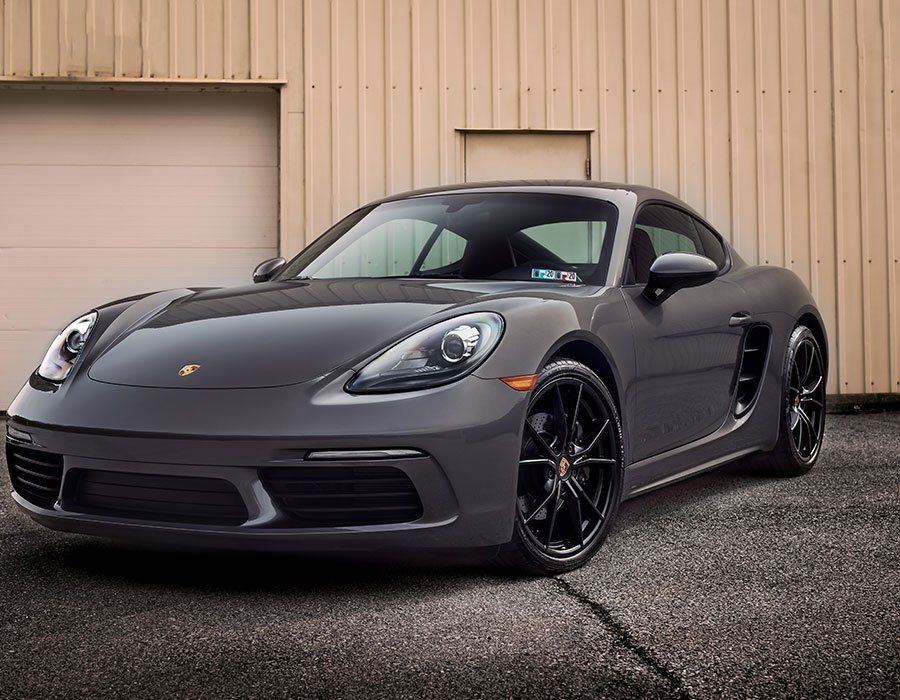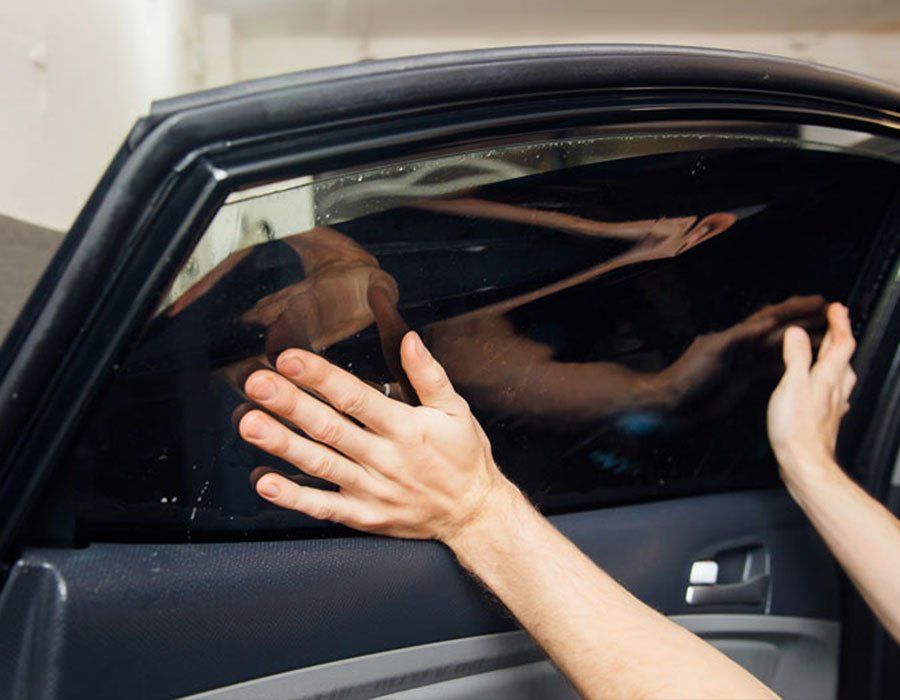
Imagine yourself cruising down the highway on a sunny summer day, your freshly tinted windows reducing glare and keeping your car cool. It's likely the investment in window tinting has not only enhanced the appearance and value of your vehicle but also improved your overall driving experience. However, preserving that sleek, new look demands proper care and maintenance. This blog post will provide invaluable tips for protecting your car window tints, ensuring they stay looking fresh and remain durable for years to come. Read on to avoid turning that impressive tint into a fading or peeling eyesore!
Window Tint Care and Longevity
Installing window tint on your car not only enhances its aesthetic, but it also serves several functional purposes, such as improving privacy, heat rejection, and blocking harmful UV rays. However, to fully reap these benefits, it is important to take care of your window tint properly. Neglecting or using improper cleaning methods can lead to early damage and peeling, which defeats the purpose of having window tint in the first place.
To better understand why proper window tint care is crucial, think of it as taking care of your skin. Just like applying sunscreen to protect your skin from sun damage and avoiding harsh chemicals that may cause irritation, regularly cleaning your window tint with gentle cleaners and techniques will keep it looking new and performing at its best for years to come.
When it comes to maintaining your window tint, regular cleaning is key. As dirt and grime accumulate on the surface of the film, it can lead to scratches and abrasions that weaken its integrity. Furthermore, if left uncleaned for an extended period of time, residue buildup can cause the tinted film to peel off gradually. While there are various cleaning agents available on the market designed specifically for car windows, using the wrong type of cleaner can be detrimental to your window tint. Glass cleaners that contain ammonia or vinegar, for instance, can cause discoloration and hazing over time.
In addition to using appropriate cleaning solutions, it is equally important to use soft materials when wiping your car windows. Microfiber cloths are highly recommended for cleaning tinted windows since they are gentle on the surface and prevent scratches or abrasions. Imagine that you bought a brand new pair of glasses. Would you dry-wipe them with any material within reach? Like cleaning eyeglasses with a soft microfiber cloth, using only recommended materials when cleaning your window tint will prevent damage that may result from harsh scrubbing using abrasive or unsuitable products.
Now that you understand the importance of cleaning your window tint properly, let's take a closer look at why proper installation is equally essential to maintaining its longevity.
Importance of Proper Installation
Window tinting should always be done professionally by trained technicians who have experience with automotive window tinting. Ensuring that the installation process is done to the highest standard ensures more than just an attractive appearance for your car windows. It allows you to enjoy the full benefits of having reliable and long-lasting window tint. Proper installation techniques are crucial to preventing errors like bubbles, wrinkles, and creases in the film. When these remain unaddressed, they can create stress points on the tinted surface that could cause peeling, discoloration, and other forms of damage down the line.
Think of it this way: when mounting posters on the wall, we take great care to ensure they are level and not crumpled to maintain their overall aesthetics. Similarly, poorly installed window tints can affect the performance and lifespan of your car's tinted windows.
Skilled professionals also have a better understanding of which brands and types of films work best in different climates and driving conditions. They know which ones provide optimal UV protection, heat rejection, and glare reduction based on what is most suitable for your location. While some individuals attempt to install their own window tints at home to save money, it is highly discouraged as self-installing invites risks such as mistakes in measuring the film size or thickness-type issues leading to misalignment or hazing during curing periods in extreme weather conditions.
Thus, trusting qualified professionals for installation is worth the money and effort since you will be guaranteed proper installation methods, high-quality tinting films, factoring in overall costs, and being free of the most common installation errors.
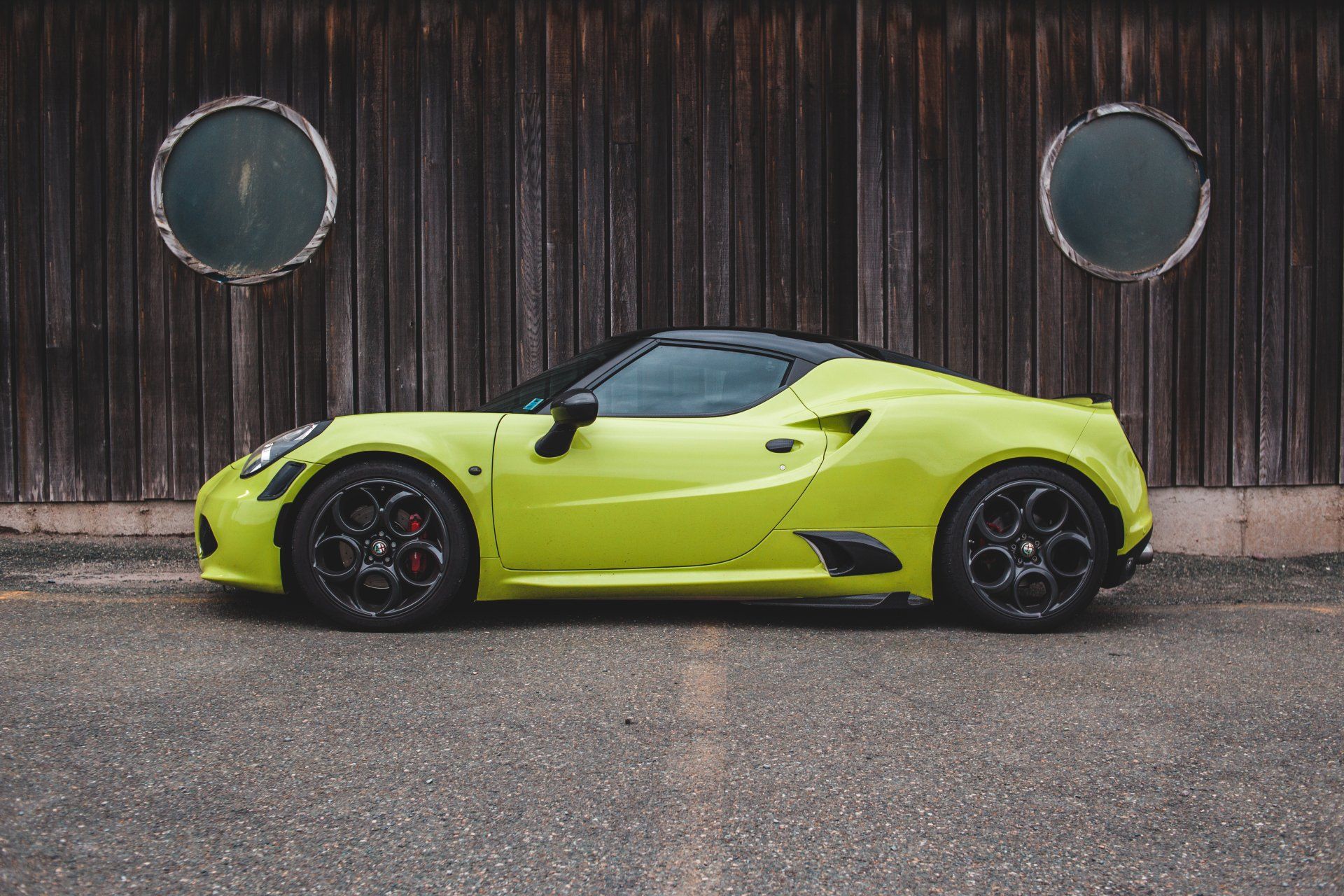
Cleaning Tinted Windows Safely
Maintaining a clean car is essential not only for your vehicle's appearance but also for your health and safety. When it comes to cleaning tinted windows, however, you need to be extra cautious to prevent damage that may ruin your investment. To keep your window tint looking new and lasting longer, you should follow specific guidelines that ensure efficient cleaning without causing any damage.
First and foremost, you should avoid using harsh chemicals such as ammonia or vinegar-based cleaners on tinted car windows. These products can cause the film to break down quickly, resulting in scratches and discolorations. Instead, you can use mild soap and water solutions that are pH-neutral to help protect the tinting film.
Microfiber cloths are often recommended for cleaning car windows and tints since they are soft and non-abrasive. Unlike cotton rags or paper towels that may leave lint or scratch the surface of the film, Using multiple microfiber towels allows you to avoid moving dirt particles from one spot to another. Suppose some areas are significantly dirty or stained with heavy grime, such as bird droppings or sap. In that case, you can apply a light mist of water spray to make the stain easier to remove without applying too much pressure.
You may be tempted to use newspapers for drying wet, tinted surfaces because they absorb water quickly and thoroughly. However, this is not a good idea because newspapers have abrasive properties due to their texture and ink content. This can lead to streaks on tinted glass surfaces and cause permanent damage if used repeatedly over time.
Consider tinted car windows like delicate fabrics; they require gentle care during maintenance. Therefore, always check the cleaning product label before applying car window tinting. Avoid using abrasive materials such as wool brushes or steel wool pads that can scratch and damage the tinting film. If your car is parked under a tree or exposed to bird droppings, it's better to remove the dirt as soon as possible to prevent acidic corrosion that can cause permanent stains.
Recommended Cleaning Products and Tools
Choosing the right cleaning products and tools for your window tinting is as important as using proper cleaning techniques. Here are some of the best cleaning products to use on your tinted car windows:
Microfiber towels: These towels are soft, non-abrasive, and perfect for cleaning delicate surfaces without leaving any scratches.
Mild Soap: A gentle soap cleanser is ideal for removing dirt and grime off tinted windows. Ensure that the soap does not contain any harsh chemicals, such as ammonia or vinegar, that can damage the material.
Water Spray: A light mist of water sprayed on a stained or dirty surface can help loosen any residual debris and dirt.
Foam Cleansers: Using a foam cleanser helps avoid streaking, smudging, or scratching of the thin film.
Distilled Water: Tinted windows should be washed with clean water free from contaminants such as minerals or hard deposits that may leave white spots after drying.
Plastic Cards: When handling air bubbles or creases on the glass surface, it's better to use plastic cards wrapped in soft microfiber clothes instead of metallic tools that might poke or scratch.
Avoid using ammonia-based cleaners because they will rapidly degrade your tinting film over time, causing discoloration and peeling at the edges. Instead, choose rinse-free shampoo or specially formulated automotive soaps devoid of harsh solvents.
It is crucial to select cleaning supplies designed explicitly for window tinting materials to prevent any damage or scratching. If you are unsure which cleaning products to use, consider reaching out to your local car expert for advice.
Some car owners believe that it's okay to use vinegar or rubbing alcohol on their car windows without causing any damage. However, these products are highly acidic and can harm the tinting film over time. Even though alcohol is a common component in many cleaning supplies, it should still be used cautiously on tinted car windows. Cleaning your car windows with the wrong product is similar to using a sledgehammer to crack a walnut. There’s no need to go overboard or take extreme measures as long as you have the right cleaning tools and supplies at hand.
Protecting Your Window Tint From Damage
Protecting your car's window tint is vital if you want it to last longer and maintain its brand new look. While professional installation can go a long way towards ensuring durability, there are some precautions you should take to protect your window tint from damage.
One of the biggest culprits responsible for damaged or faded window tint is excessive sun and heat exposure. UV rays are known to cause significant damage to not just your car's interior but the tinted windows as well. Direct sunlight can weaken and discolor the tint film, making it peel or crack over time.
Therefore, one effective way to protect your window tint from sun and heat damage is by parking in covered areas when possible. Whether it's a garage at home or a shaded parking lot at work, make sure to park under cover whenever possible. This will prevent direct sunlight from hitting your car's windows and reduce the amount of heat that builds up inside your vehicle.
If you don't have access to covered parking, you can use other measures, such as windshield sun shades, or even cover your entire car with a car cover when parked outside. Some people argue that these accessories may be cumbersome or unsightly and may not always fit properly, but using them regularly can go a long way towards protecting your window tint from direct sunlight and reducing heat buildup.
Think of it this way: just as sunscreen protects human skin from harmful UV rays in order to maintain healthy skin, shade protection for your car acts as sunscreen for the window tint, protecting it from harmful UV rays and extending its lifespan.
Routine Maintenance and Inspection
Maintaining your car window tint is an important step to ensure its longevity and avoid premature fading, peeling, or cracking. A well-maintained window tint enhances the aesthetic look of your car and provides much-needed privacy and protection from harmful UV rays. Here are some routine maintenance and inspection tips to keep your car window tint looking new:
Regular cleaning: Dirt, dust, and grime buildup on your car windows can cause damage to the tint layer over time. Clean your windows regularly with a soft microfiber cloth, an ammonia-free cleaner, or mild soap. Avoid using abrasive materials or paper towels that may scratch or damage the tint layer.
Check for signs of damage. Inspect your window tint regularly for any signs of bubbling, creasing, peeling, or discoloration. These signs indicate poor-quality installation or premature fading due to exposure to UV rays. If you notice any such signs, take corrective measures immediately to avoid further damage.
Protect from hard water: Hard water contains minerals such as calcium and magnesium that can leave white spots on your window tint over time. Use distilled water or a water softener in areas with hard water to prevent mineral buildup on your car windows.
Treat with protectants: Consider using a protectant specifically designed for window tints. These protectants create a barrier against harmful UV rays while adding a layer of shine and protection to prolong the life of your tinted windows, just like how sunscreen helps protect our skin.
Identifying and Addressing Potential Issues
Even with proper maintenance, window tinting issues may still arise over time due to regular wear and tear or environmental factors. Here are some common issues you may encounter with car window tints:
Bubbling and Creasing: Bubbling or creasing on your car window tint is a common issue that occurs due to poor installation, moisture, or excessive heat exposure. If you notice any bubbles or creases, take corrective measures immediately to avoid further damage.
Fading and discoloration: Excessive exposure to harmful UV rays can cause fading or discoloration of the window tint over time. If you notice any such signs, consider replacing the faded tint to maintain the look and privacy of your car windows.
Scratches and tears: Window tints can easily scratch or tear under sharp objects or harsh scrubbing. Avoid using abrasive materials or razor blades for cleaning. If you do encounter a scratch or tear, remove and replace the damaged portion of the tinted film.
Peeling and cracking: Peeling and cracking occur when air gets trapped between the tinted film and the window surface during installation, causing it to separate from the glass over time. This is similar to how wallpaper peels off a wall when not applied with proper adhesion.
Auto Film Guys: Trusted Window Tint Film Experts in Tarpons Springs, FL
Are you ready to elevate your driving experience to a new level of comfort, style, and protection? Look no further than Auto Film Guys, the trusted window tint film experts in Tarpon Springs, FL. With our unrivaled expertise, premium quality products, and unwavering commitment to customer satisfaction, we guarantee a transformative journey for your vehicle. Don't miss out on the opportunity to enhance your car's aesthetics, reduce heat and glare, and safeguard your interior. Take action now and choose Auto Film Guys as your partner in creating a driving environment that's cooler, sleeker, and more enjoyable than ever before.
The Auto Film Guys Blog
